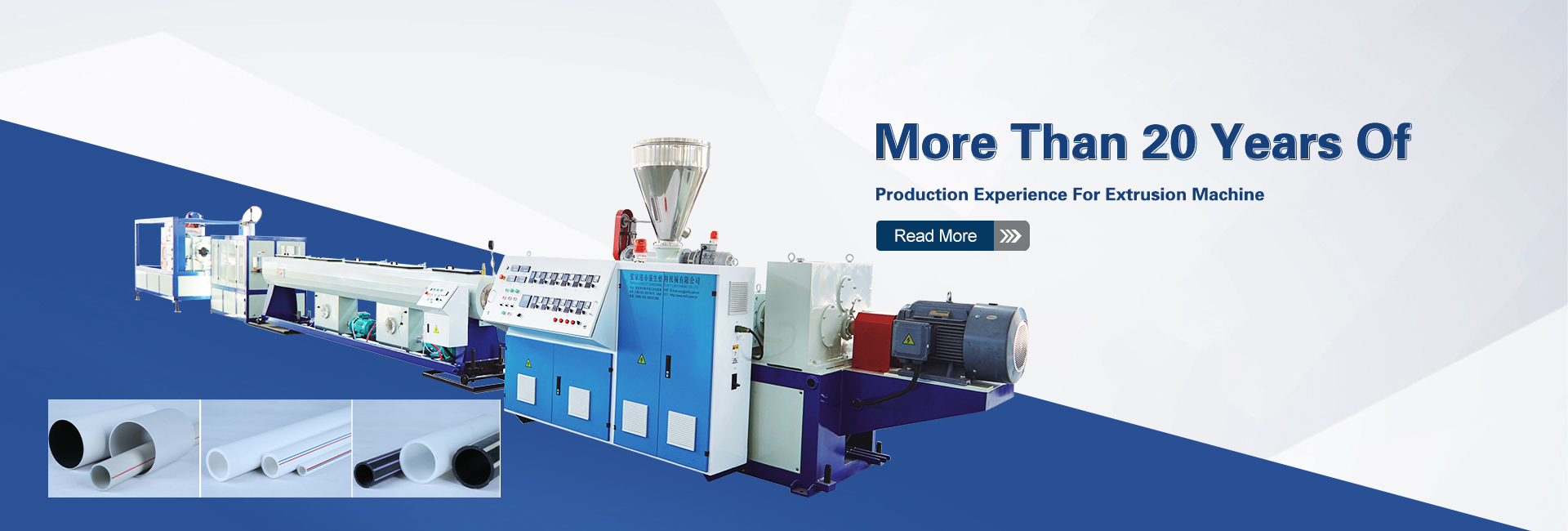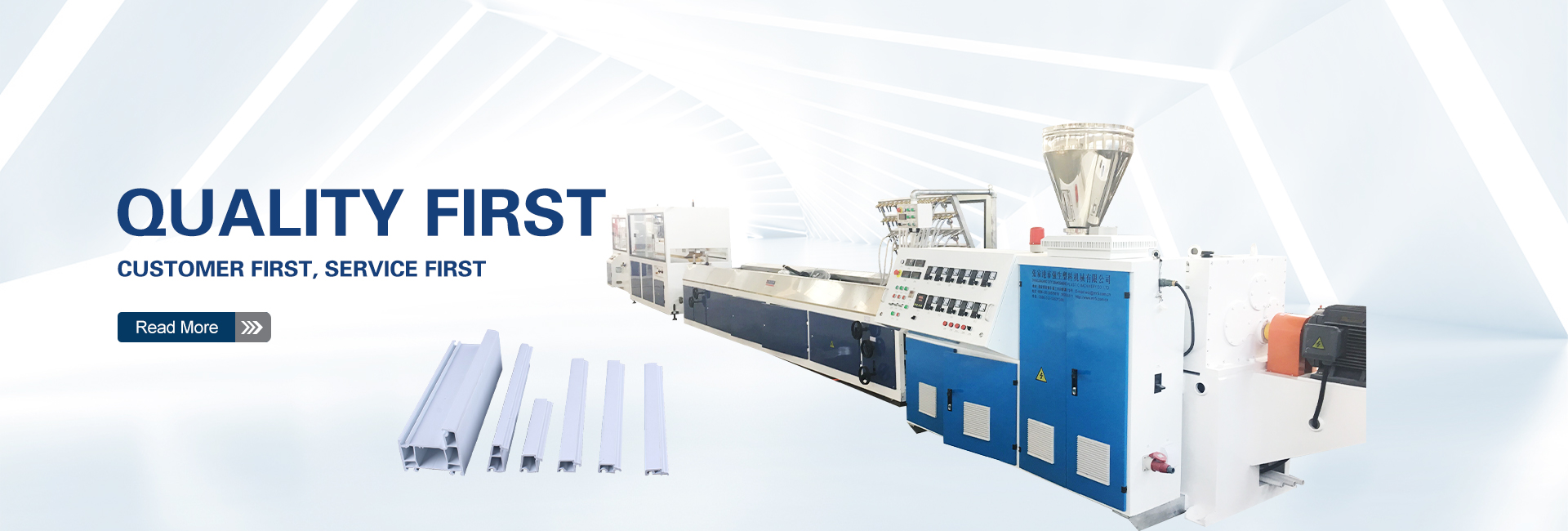As a leading twin screw extruder manufacturer, Qiangshengplas recognizes the importance of understanding the intricate workings of twin screw extruders to appreciate their versatility and effectiveness in various polymer processing applications. This comprehensive guide delves into the mechanisms of twin screw extruders, empowering you to grasp the principles behind their operation and identify their unique advantages.
The Essence of Twin Screw Extruders
Twin screw extruders revolutionized the polymer processing industry by introducing a novel approach to material handling, mixing, and melting. Unlike their single screw counterparts, twin screw extruders employ two intermeshing screws that rotate either in the same direction (co-rotating) or opposite directions (counter-rotating). This unique configuration imparts several distinct advantages, making twin screw extruders the preferred choice for demanding applications.
Unraveling the Operational Principles
Positive Displacement Conveying: The intermeshing of the twin screws creates a positive displacement mechanism, ensuring a consistent and pulsation-free material flow. This precise conveying capability is crucial for applications requiring uniform product quality and consistent process control.
Efficient Mixing and Homogenization: The intricate geometry of the twin screws generates intense shear forces, promoting thorough mixing and homogenization of the polymer melt. This enhanced mixing ability is essential for incorporating additives, fillers, and pigments into the polymer matrix, achieving uniform dispersion and optimal product properties.
Effective Heat Transfer and Melt Plasticization: The intermeshing screws and the confined barrel space provide a large surface area for heat transfer, enabling efficient melting and plasticization of the polymer. This efficient heat transfer capability is particularly important for processing high-viscosity polymers and achieving uniform melt properties.
Degassing and Venting: The intermeshing screws and the enclosed barrel design facilitate the removal of volatile gases and moisture from the polymer melt. This effective degassing capability is critical for producing high-quality products with minimal voids and bubbles.
Applications of Twin Screw Extruders
Twin screw extruders have gained prominence in a wide range of polymer processing applications due to their versatility and superior performance. Common applications include:
Plasticization and Compounding: Twin screw extruders excel in plasticizing and compounding various polymers, including thermoplastics, thermosets, and elastomers. They are widely used in the production of masterbatches, color concentrates, and filled compounds.
Polymer Blending and Alloying: The intense mixing capabilities of twin screw extruders make them ideal for blending and alloying different polymers to achieve desired properties and characteristics. This blending ability is crucial for producing polymer blends with tailored performance.
Reactive Extrusion: Twin screw extruders are well-suited for carrying out reactive extrusion processes, such as polymerization, grafting, and degradation, due to their efficient mixing and heat transfer capabilities.
Glossary of Terms:
Twin Screw Extruder: A type of extruder that utilizes two intermeshing screws to convey, mix, and melt polymers.
Co-rotating Twin Screw Extruder: A twin screw extruder where both screws rotate in the same direction.
Counter-rotating Twin Screw Extruder: A twin screw extruder where the screws rotate in opposite directions.
Positive Displacement Conveying: A material conveying mechanism that ensures a consistent and pulsation-free flow.
Shear Forces: Forces that cause deformation and flow of materials.
Homogenization: The process of creating a uniform mixture of different components.
Melt Plasticization: The process of converting a polymer from a solid to a molten state.
Degassing: The removal of volatile gases from a material.
Venting: The removal of air or gases from a closed system.
Conclusion
Twin screw extruders have revolutionized polymer processing by offering a versatile and effective approach to material handling, mixing, and melting. Their unique configuration, characterized by intermeshing screws, positive displacement conveying, and efficient heat transfer, enables them to excel in a wide range of applications, including plasticization and compounding, polymer blending and alloying, and reactive extrusion. As a leading twin screw extruder manufacturer, Qiangshengplas is committed to providing our customers with not only high-quality extruders but also comprehensive support and guidance. If you have any questions or require further assistance with selecting or operating a twin screw extruder, please don’t hesitate to contact our experienced team of experts.
Post time: Jun-28-2024



